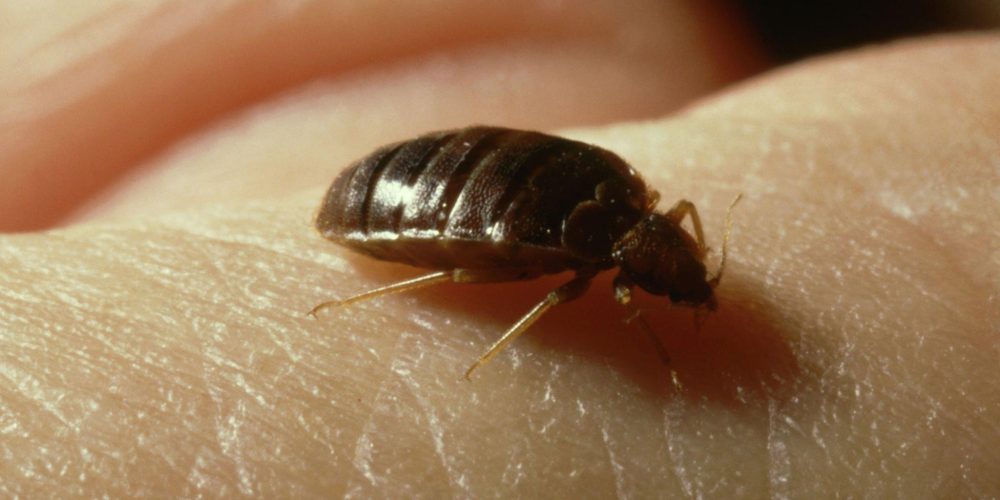The Titanoboa, an ancient serpent that once ruled the lush rainforests of the Paleocene epoch, is renowned for its enormous size and formidable presence. With its estimated length of up to 40 to 50 feet and weight exceeding a ton, it was one of the largest snakes to ever exist. However, there is a question that piques curiosity: could the Titanoboa swim? In this article, we will explore the intriguing possibility of this prehistoric giant taking to the water.
Anatomy and Adaptations
Before we delve into whether the Titanoboa could swim, it’s essential to understand its anatomy and adaptations. This massive snake possessed several physical attributes that suggest it was well-suited to an aquatic lifestyle:
1. Serpentine Body: The Titanoboa had a long, serpentine body, which is a common adaptation for snakes that spend a significant amount of time in water. This streamlined shape allows for efficient movement in aquatic environments.
2. Large Size: The sheer size of the Titanoboa could have made it buoyant in the water. Its enormous body mass would have helped it stay afloat and move through rivers, lakes, and swamps.
3. Muscular Tail: The snake’s muscular tail could have been used for propulsion in water, similar to how modern snakes use their tails to swim.
4. Sensory Adaptations: The Titanoboa likely had sensory adaptations to help it detect prey and navigate in water, such as specialized scales and sensory pits.
Habitat and Environment
To determine whether the Titanoboa could swim, we must consider its habitat and the environment in which it lived. The Paleocene epoch was characterized by warm, tropical conditions, and the region where Titanoboa fossils have been found was once a vast wetland. It is believed that this snake inhabited a landscape dotted with rivers, swamps, and lakes.
Given this habitat, it is plausible that the Titanoboa had opportunities to swim. Many modern snakes are proficient swimmers, and the presence of water bodies in the snake’s environment suggests that it may have utilized aquatic habitats to hunt for prey, evade predators, and regulate its body temperature.
Swimming Behavior
While the Titanoboa’s anatomy and habitat suggest that it was capable of swimming, it’s important to note that the extent of its swimming behavior remains speculative. We do not have direct fossil evidence of the Titanoboa swimming, so our understanding of its aquatic abilities is based on anatomical clues and environmental context.
It’s likely that the Titanoboa was primarily a terrestrial predator, using its immense size and power to ambush and constrict prey on land. However, like modern anacondas and other large snakes, it may have ventured into the water in search of aquatic prey, such as fish, amphibians, and even small crocodiles. In these instances, its adaptations for swimming would have been advantageous.
Conclusion
While we cannot say with absolute certainty that the Titanoboa was a prolific swimmer, the evidence suggests that it had the physical attributes and environmental opportunities to take to the water when necessary. Its large size, serpentine body, and the presence of aquatic habitats in its environment all point to its potential as a capable swimmer.
The Titanoboa’s ability to swim, even if infrequent, would have been a valuable adaptation in the dynamic ecosystems of the Paleocene epoch. It highlights the versatility and adaptability of large snakes in exploiting various habitats and food sources.
In the absence of direct observational evidence, the question of whether the Titanoboa could swim remains a fascinating aspect of paleontological speculation. It serves as a reminder of the mysteries that still surround the lives of prehistoric creatures and the ongoing quest to understand their behaviors and adaptations in the ancient world.















